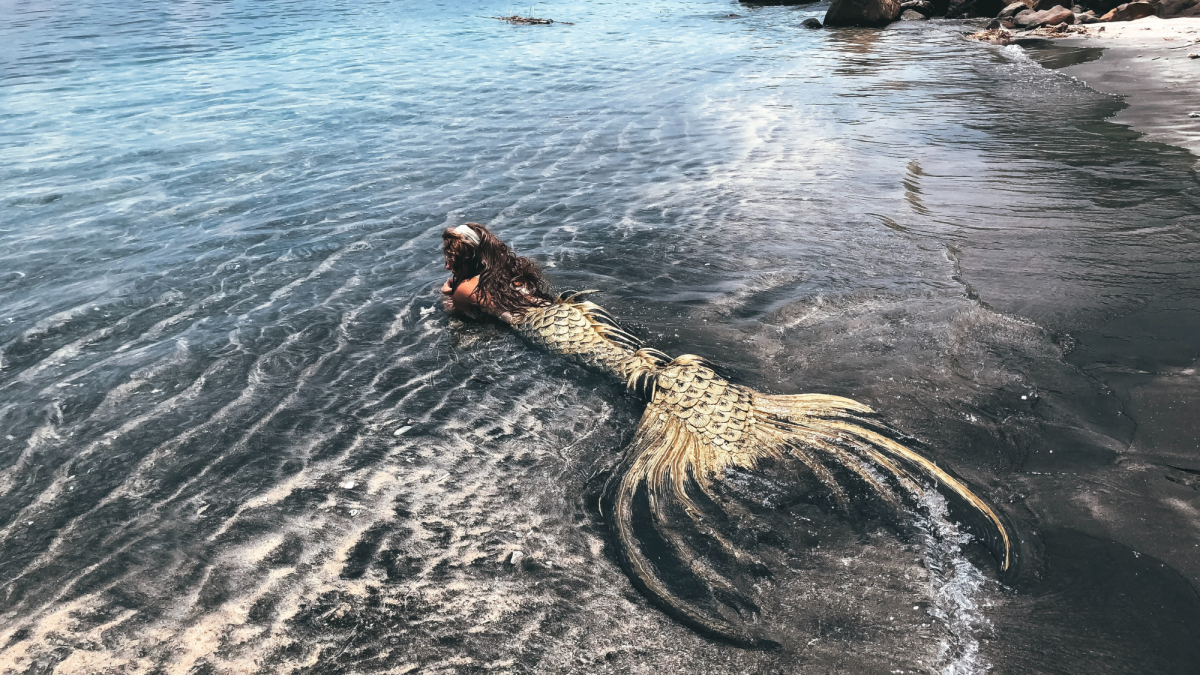How And Why Did Sex Evolve
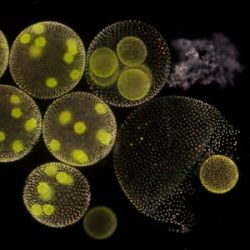
Why sex, when many species can do without?
The existence of sex is puzzling, because many organisms, such as certain plants, some reptiles (e.g. whiptail lizard; Family: Teiidae, in particular the genera Cnemidophorus and Aspidoscelis, but also the brahminy blind snake (Ramphotyphlops braminus)) and some insects manage to reproduce perfectly well without it.
It appears that the combination of genes with individuals of the same species (i.e. sex) occurred as a means to repair damaged DNA. But, there are other reasons, too, why sexual reproduction has an advantage over asexual reproduction.
The difference between asexual and sexual reproduction
The purpose of life is to pass an individual's genes on to the next generation. Although organisms have evolved many different strategies to make this happen, there are only two methods of reproduction: asexual and sexual.
- Asexual reproduction:
- the entire organism duplicates itself. Its offspring are exact copies.
- the ova develop without the need to be fertilised causing the offspring to be an exact copy of the mother.
- Sexual reproduction: Each individual produces sex cells, called gametes, which carry one copy of each chromosome, instead of two, as in normal cells. Gametes of the male have to fuse with those of the female for reproduction to take place. Because of mixing of the genes, the offspring is no longer identical to its mother, but has some genes from the mother and some from the father.
So, what are the advantages of asexual and sexual reproduction?
- Asexual reproduction is more efficient, as asexual species do not need to spend time finding a partner to reproduce, and all of their genes are passed on to the next generation. It won't surprise you, therefore, that all bacteria, most plants and even certain animals, such as several insects and reptiles reproduce asexually at least some of the time.
- Sexual reproduction is less efficient, as finding a mate takes time and energy, and gametes that are not fertilised, go to waste. Nevertheless, sexual reproduction evolved and has become abundant throughout the animal and plant world. Why would that be?
A whiptail lizard
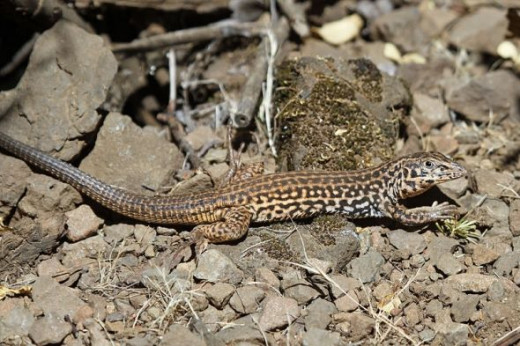
Aspidoscelis tigris
Greg Schechter
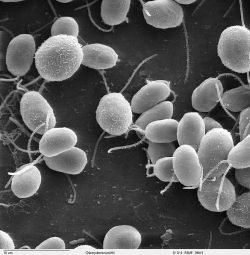
An important advantage of sexual over asexual reproduction
It has been suggested that sex started out as a way to repair damage to DNA. Bacteria sometimes exchange bits of DNA via tube-like structures that form between cells. This happens when certain genes (sex genes) are activated by damage of DNA and this phenomenon is therefore coupled with the DNA repair system.
Sex, which is very different from the above, as it involves the fusion of two sex cells, may also have started out as a means of DNA repair. It was found that this happens indeed in the multicellular green alga, Volvox carteri. Most of the time these algae reproduce asexually, but when the temperature rises to 42.5 °C, DNA damage triggered by the heat stress, caused them to resort to sex: females released eggs in the water and males sperm, which combined.
Heat stress causes the algae to produce highly reactive forms of oxygen, collectively called ROS, which are known to damage DNA. When the levels of ROS went up through a threshold, the algae switched to sexual reproduction. However, when the team of researchers added antioxidants to mop up ROS, the algae remained asexual.
A similar mechanism seems to play a role in the single-celled alga Chlamydomonas reinhardtii, where the stress factor leading to sexual reproduction is nitrogen depletion.
In multicellular organisms, such as animals and plants there is a second reason why sexual reproduction is advantageous over asexual reproduction: keeping up with parasites.
Sex maintains genetic variation and this increases the likelihood that some individuals will be resistant to a parasitic disease. Asexual populations can only evolve resistance to a disease if a mutation arises. These, however, are rare, so there is a greater possibility that such an asexual population will go extinct if the disease is particularly harmful.
So, why sex?
- recombination of genes results in DNA repair
- keeping up with parasites
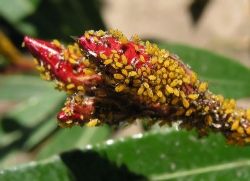
Some organisms take advantage of both asexual and sexual reproduction
Aphids reproduce most of the year asexually and bear only daughters, which allows the colony to grow very rapidly.
But under the influence of the shortening day lengths of Autumn, they start producing sexual daughters and sons, which mate and produce the overwintering eggs. In the Spring, daughters hatch from the eggs, which again reproduce asexually. So, aphids take the most of both forms of reproduction!
A few important articles
- Sex as a response to oxidative stress in Volvox
Sex as a response to oxidative stress: a twofold increase in cellular reactive oxygen species activates sex genes - No Sex Needed: All-Female Lizard Species Cross Their Chromosomes to Make Babies: Scientific American
For these southwestern lizards asexual reproduction is no longer a secret
The brahminy blind snake - the smallest snake on Earth
It is sometimes confused with an earthworm!







